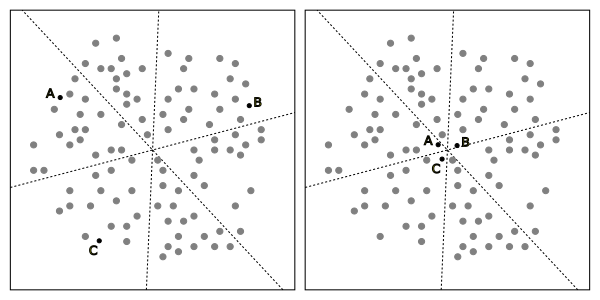@cfrank You have brought up several valid issues, and I think I have answers for some of them.
I agree that representatives can serve to make our government more efficient. I am not convinced that they always do so.
One real-world example of representatives making government more efficient is the citizen referendum system in Switzerland. Citizens can initiate petitions on a referendum and with enough votes the referendum is included in a vote. (I don't know a lot about the details, but there is a lot of material on the web.) Historically, most referenda do not pass, but I think in some of those case it has been because a referendum has raised the visibility and priority of an issue to representatives of the government, and as a result the government proposed a more politically feasible option that was accepted by the voters. (There are up to 4 elections each year.)
The key point of the Swiss government example is that the representatives can get feedback from their constituents in fairly short order if they stray too far from the will of the people, and that feedback gives them the opportunity to correct course.
Structural issues in the USA severely limit such feedback. We, as the general population, have to write letters, make phone calls, attend meetings. While in the meantime potential and active office holders contact lobbyists to set up fund-raising events with donors in order to raise campaign funds. Money does not always decide elections, but it can certainly influence them.
One of the things SAVE can do (at least how I see it) is raise issues and provide real, solid numbers about what is important to the electorate. While using SAVE for a simple yes/no petition is severe over-engineering, that is not its purpose. SAVE allows multiple issues to be processed in parallel. Single issues can be combined with other issues either to build coalitions, or because the issues are related and part of a larger whole.
I'm beginning to think that my choice of the word 'consent' is not quite right. SAVE is a way to implement multi-party, multi-issue negotiation at scale, to determine what we want our representatives to do. It is not passively consenting to something someone else has proposed, but actively and collectively constructing something acceptable to a super-majority of the participants.
Part of SAVE will definitely involve consent as part of a review of our current collective state, as we express what we think is correct or appropriate. And part of SAVE will definitely involve denial of consent as we express what we think is incorrect or inappropriate. Yet the most important aspect of SAVE is that it can involve everyone concerned with an issue.
US politicians, whether they won or lost, have often said 'the people have spoken' when the election results are in. I strongly disagree. At best, under our current system, the people have grunted. SAVE allows us to articulate our collective will, and speak it as truth to ourselves, and to make clear to those of us who have chosen to represent us exactly what we want done.
I'm not sure I've responded to all your issues, but we can certainly iterate for a few more rounds.




